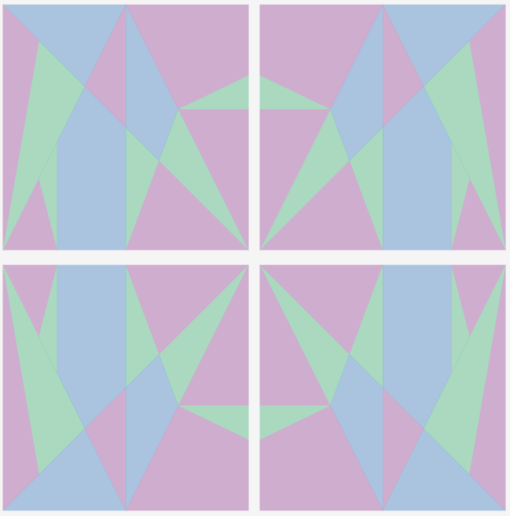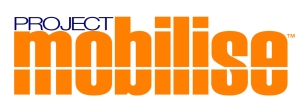Typeface experiment with the Archimedes Square
So we got AppleTV and I have discovered that if you go into the podcast section there is a fantastic collection of TED Talks available. This is almost too much for my inner geek, and I spent a bit too much time this weekend just browsing. Well, I have an excuse; TV7 has gone. Gone! Wah.
Anyway, here is a video that appealed to me because I love books, manuscripts, old things, and geometry. Who knew I would ever have a use for combinatorial mathematics.
William Noel: Revealing the lost codex of Archimedes
You can read more about the project here: http://www.archimedespalimpsest.org/
So that got me plotting thinking…
…why not see if I can create a typeface from the grid that Archimedes has so kindly provided?
Here are some of my digital sketches:
 Above, the Archimedes square, which I have retraced in Illustrator and coloured with some random, pretty, transparent choices. Called the Stomachion, this square is actually a puzzle. Cut the square apart along each line, then try and reconfigure the pieces back into a square. How many different configurations are there? Answer: 17,152 when you include rotations and reflections. That’s lots.
Above, the Archimedes square, which I have retraced in Illustrator and coloured with some random, pretty, transparent choices. Called the Stomachion, this square is actually a puzzle. Cut the square apart along each line, then try and reconfigure the pieces back into a square. How many different configurations are there? Answer: 17,152 when you include rotations and reflections. That’s lots.
But the challenge of creating a typeface from a pre-defined grid? Ooh, that’s too good to resist. Although it takes much of the “thought” out of typeface design, it does allow my brain to just wallow and enjoy the process of puzzling out letters from a surface that really, really doesn’t want to give them up!
 The letters PbSD… Yes, Philippa Berry Smith Design lol
The letters PbSD… Yes, Philippa Berry Smith Design lol
 Above: layout with background colours.
Above: layout with background colours.
 Above: swapping out different “B”s
Above: swapping out different “B”s
 Above: working on some extra letters, very rough at this stage.
Above: working on some extra letters, very rough at this stage.
 Above: the letter “G” Kinda looks like an origami swan to me…
Above: the letter “G” Kinda looks like an origami swan to me…
 Above: the Archimedes Square by itself is incredibly limiting, which is not a bad thing, but it makes creating letters such as “B” ridiculously difficult. So I cheated and tried my hand at creating an Archimedes Quad Square. No, this is not a real thing. I just made it up.
Above: the Archimedes Square by itself is incredibly limiting, which is not a bad thing, but it makes creating letters such as “B” ridiculously difficult. So I cheated and tried my hand at creating an Archimedes Quad Square. No, this is not a real thing. I just made it up.
 Above: The four Quads I worked with. There are generated by copying, rotating, and joining up a single Archimedes Square.
Above: The four Quads I worked with. There are generated by copying, rotating, and joining up a single Archimedes Square.
 Above: I only got time to start playing with the mega Quads for about 10 mins, so these are just a start of the letters I think I can squeeze out of them. I love the idea of working within a grid structure that has existed for over 2200 years.
Above: I only got time to start playing with the mega Quads for about 10 mins, so these are just a start of the letters I think I can squeeze out of them. I love the idea of working within a grid structure that has existed for over 2200 years.













